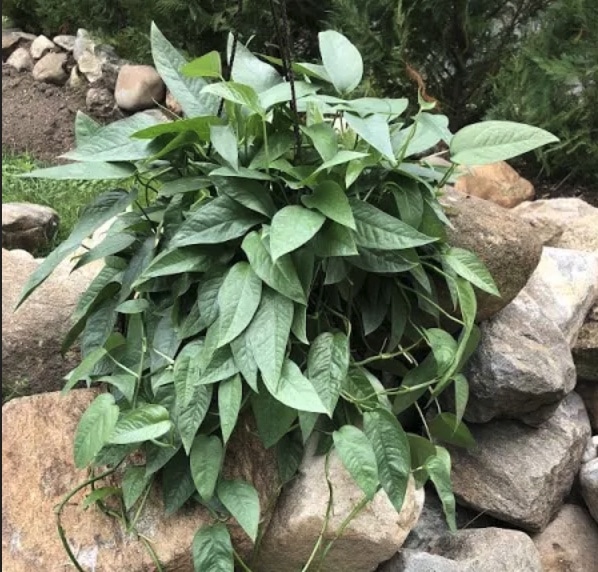Several houseplants are worth talking about, but pothos varieties deserve a special place. After all, these versatile plants are among the most popular species to grow indoors. Indeed, they survive in several climates and aren’t too fussy about lighting or soil conditions. Also, they perform well in both pots and hanging baskets.
However, there are around 20 species of pothos, which might make choosing one for your home a bit challenging. In this essential guide, we included everything you must know about the difference between Baltic Blue and Cebu Blue. Hopefully, this article will help you better understand these two types of pothos and clarify any doubts you may have.
So, let’s get started!
Baltic Blue vs Cebu Blue; Are They the Same?

Many people wonder whether Baltic Blue and Cebu Blue are the same plants. But the truth is that despite being part of the same family (the Epipremnum pinnatum), these two houseplants differ in several aspects. Of course, being pothos, they also share several similarities. But let’s look at what makes them apart in more detail in this “Baltic Blue vs. Cebu Blue” Essential Guide.
Foliage
If you are familiar with pothos plants, you know how their leaves usually look. They are pointed and elongated, mostly resembling the shape of a heart. However, if you look closely at the two plants, you’ll realize Cebu Blue has a silver coloration, while the Baltic blue is darker.
Also, Cebu Blue has climbing habits that make it the perfect plant to grow around trellises or other support structures. Indeed, without them, the plant’s leaves will get smaller as the stems get longer. But if you give them something to climb around, the plant’s leaves will grow and may even develop fenestrations!
Even Baltic blue likes to climb (and displays less showy fenestrations). However, its leaves do not have the metallic sheer Cebu blues. Also, Baltic Blue’s leaves are smooth, while Cebu Blue’s have a bumpy texture. Additionally, if you prefer larger leaves, you’ll be better off choosing Baltic blue: this plant’s foliage is usually lusher.
Growing Conditions
Both varieties of pothos are relatively easy to care for (if you know what they need and provide them with that). Like most plants of this species, they aren’t fussy about soil conditions and watering. However, you’ll have to pay attention to their needs. To begin with, you must place them in a location where they can receive bright but indirect light. If you don’t have them, consider adding some shears to your window.
Also, both need fertile and well-draining soil to thrive. You’ll have to water your pothos weekly, but be careful and avoid adding too much moisture to your plants.
For better results, consider placing yourself in a potting mix with a layer of perlite or coco coir. The soil must be airy: it will prevent several overwatering issues. If you notice your pothos’ leaves getting wilted or yellow, you are probably giving them too much moisture.
Baltic blue and Cebu blue are not too fussy about humidity and perform well in most houses. However, you should avoid exposing them to temperatures below 50°F, which may kill them.
Purchasing a Pothos
Of the two varieties, Baltic blue is the most challenging to find. Because it is a newer variety, you may not get one with the ease you would have looking for a more popular kind of pothos. However, as the plant is getting trendier, you can now find it in stores such as Home Depot or online (where there are more options).
Should You Prune Your Pothos?
The truth is that bot Cebu and Baltic blue are pothos varieties that require little maintenance. However, regular pruning is crucial to encourage bushier growth. Lack of pruning can make your plant leggy and tall without the attractive density that makes it such an appealing houseplant.
Of course, there is the risk of over-pruning, which might stress your plant too much and eventually kill it. So, when you notice your plant growing too much, cut the unhealthy-looking stems but avoid removing more than one-third of the plant.
If you are only pruning your pothos to keep them in shape, have a plan before getting your shears in your hands. Consider propagating your pothos to have more plants over the following season.
